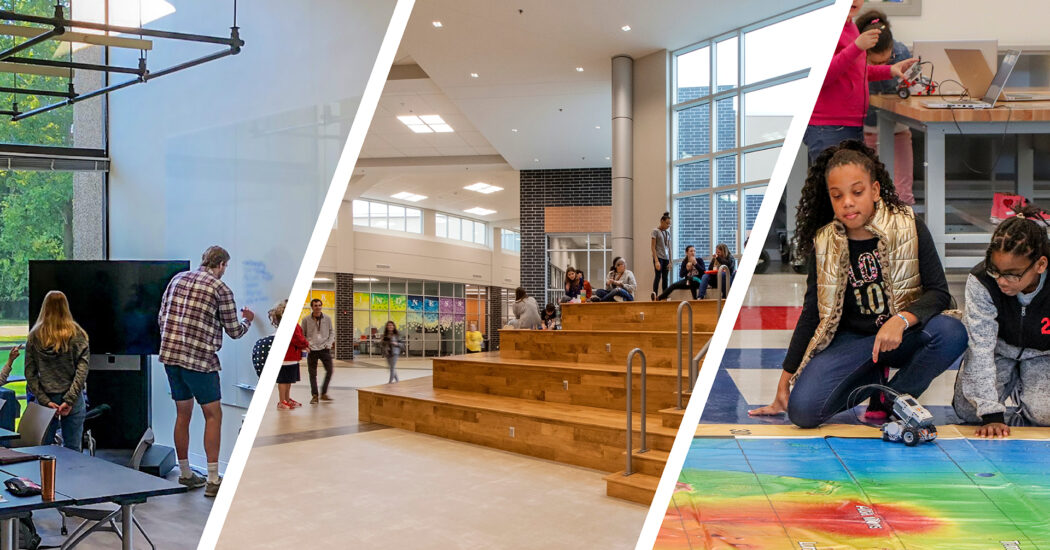Fourth in the Series of Four Core Principles of Design at Schmidt Associates – A Closer Look at the Integrity Principle
-
Category
Innovation -
Posted By
Steve Alspaugh -
Posted On
Oct 17, 2016
Design at Schmidt Associates flows passionately and intentionally out of our Core Principles of Design.
The third of these principles is Integrity. Design solutions should be conceptually clear at all levels of design – with aspects as broad as the overall layout and spatial relationships to the detailing of elements to be consistent with the building’s character. There should be a thoughtful and honest use of materials to provide a full appreciation for such details, which can do so much to enhance a space.
Designs must be developed to be in scale and proportion with their context in order to enhance their neighborhood. Building and site circulation should be developed with clarity for efficiency and to facilitate ease of use. Designs should seek a functional and economical balance between simple efficiency and a palpable spirit and energy, while retaining a sense of overall timelessness relative to its character.
Questions to consider include:
- Does the building and site layout promote logical circulation patterns that create not only efficient, but safe and secure movement as well?
- Does it take advantage of axial relationships of spaces and maximize exposure to the prime site views while effectively shielding the less desirable views?
- Are all aspects of the design well considered in their next larger context – the detail to the space, the space to the building, the building to its site context and community?
- Does the building massing have a scale and proportion that are in balance?
Ultimately, the best building designs do not have a trendy application of design motifs, but rather a sense of timelessness that will allow it to endure as a respected member of the community of building in which it resides. A building that its users will be proud to live and work in and its guests will look forward to visiting for a long time.
To quote Eliel Saarinen, “Always design a thing by considering it in its next larger context – a chair in a room, a room in a house, a house in an environment, an environment in a city plan.”
Read about our first principle of design – Strategic
Read about our second principle of design – Stewardship







